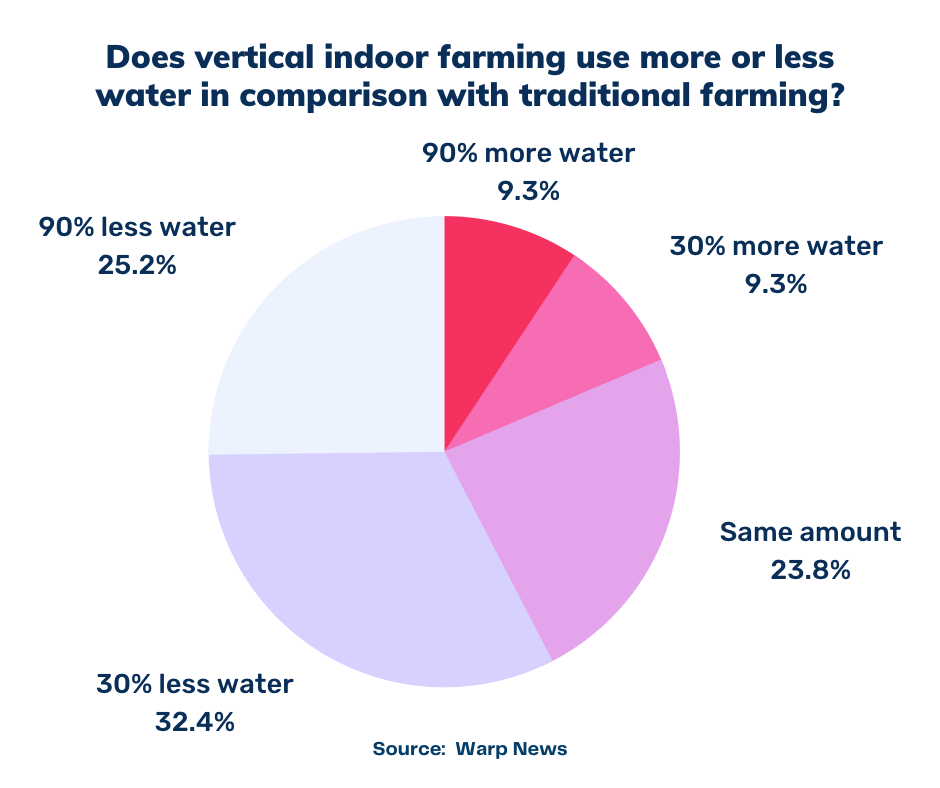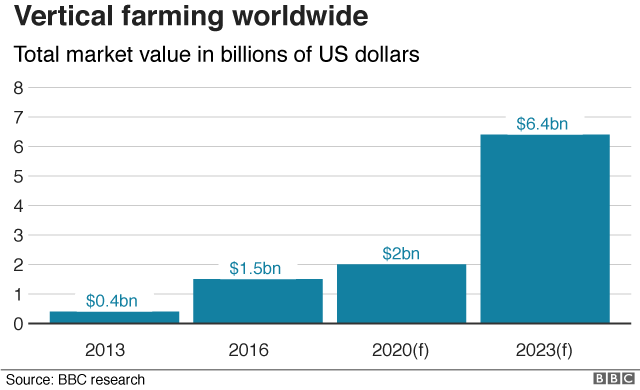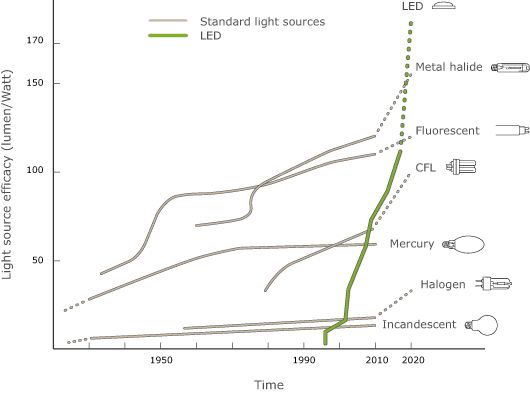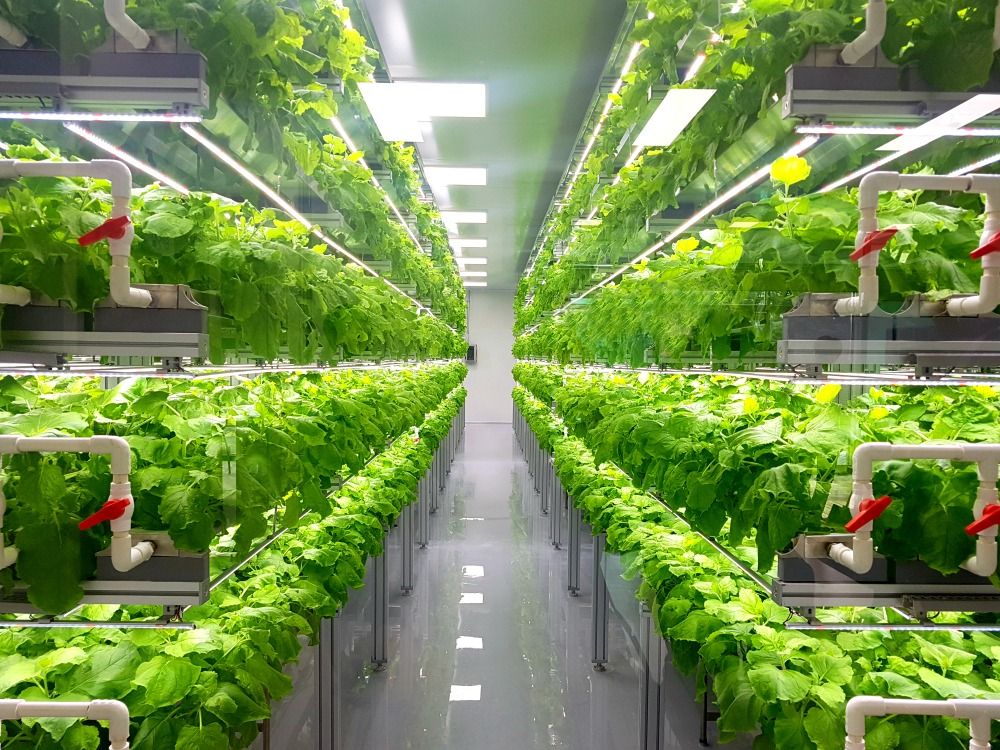
💡 Optimist's Edge: Now farming is moving indoors
Vertical farming is growing fast. But, the market is still in its infancy and the opportunities are huge. Read up on how and why farming is moving indoors.
Share this story!
📉 What people think
What do you think and know about vertical indoor farming? Is it better or worse from an environmental point of view?
According to a Warp News survey, just over 40 percent believe that they use as much or more water than traditional farming. About 20 percent believe that they use significantly more water. Most respond that this type of farming uses 30 percent less water.

📈 Here are the facts
Vertical indoor farms use 90 percent less water than traditional farms, and there are more benefits:
- It is possible to grow 365 days a year – even in a country like Sweden with long winters.
- Grow anywhere – where there is access to electricity and water. Today you find farms in containers, basements, and old parking garages.
- Minimal transport – it is even grown directly in grocery stores. The crops are fresh.
- Pesticides are not needed – because farming takes place in a closed, controlled environment.
- No eutrophication takes place – because each plant gets precisely the fertilizer needed. Rainwater does not flush out the excess in lakes and seas.
- Grow most produce – today, mainly green-leafed plants are grown commercially. But strawberries, tomatoes, and bananas are also grown.
All in all, there are significant benefits for climate and environment with this type of farming. The market is now at an early stage where it is becoming increasingly commercially viable and growing very fast.

So what is the reason we are seeing strong growth in vertical indoor farming right now?
It is mainly about the exponential development of two types of technology: LED lights and sensors.

LED lights are cheap, compact, and efficient. They can also reproduce large parts of the color spectrum. With the corresponding development in sensors, which can measure light, water, and much more, vertical cultivation has become commercially viable.
💡 Optimist's Edge
Many spontaneously react: Growing indoors, without sun and surrounding nature, makes the crops tasteless, right? But that is not true.
The best basil in the world is said to come from Genoa in Italy. Indoor cultivation can use exactly the same basil seeds grown there, mimic daylight, humidity, carbon dioxide levels and feed a hydroponic plant with precisely the right nutrients.
So instead of shipping the crop across the planet, data fed into a cultivation facility is "shipped" instead. The result is local basil. From Genoa.

👇 How to get the Optimist's Edge
In ten years, half of the crops we consume will come from indoor cultivation in different varieties, believes Hamza Qadoumi, CEO and co-founder of Ecobloom. Insight Partners estimates that the market for vertical cultivation will amount to approximately $ 20 billion by 2028.
❓ So, how do you get the most out of this knowledge?
- Start a farm. The market is still at an early stage and growing very fast. There is plenty of room for new players in vertical indoor cultivation. If you are interested in cultivation and technology, it is the right time to act now.
- Shop locally and vertically. There are already many grocery stores with their own vertical farms. Treat the climate, environment, and your taste buds with something really nice.
- Invest in technology. The market for LED lights will continue to grow sharply, and the same goes for sensors. There are interesting opportunities to invest here.
- Cultivation data. Sunlight, humidity, carbon dioxide levels, and nutrients are data that will be increasingly sought after to recreate crops in enclosed environments. Can you contribute to this area?
- Cheap premises. There are still premises, in many cases underground, which are centrally located in the cities but have low value. Can you find them and rent them out or convert them into farms?
You now have an advantage because you have gained this knowledge before most others –